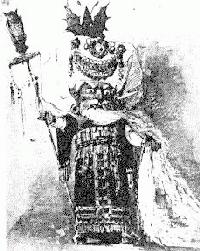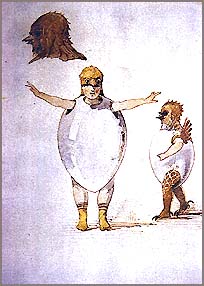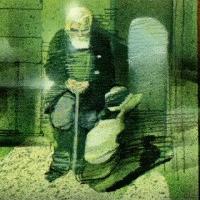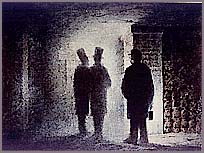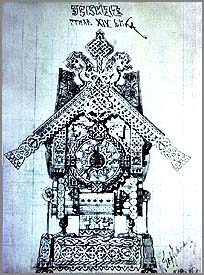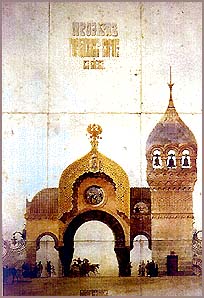Pictures at an Exhibition
For 44 pianists at 44 grands and a prepared upright
On May 22, 1993, a musical dream came true. With the production plant of pianoforte manufacturers Schimmel as a backdrop, 44 pianists from 22 nations performed, under the baton of conductor Uwe Präkelt, Modest P. Mussoergsky’s “Pictures at an Exhibition.” This extraordinary concert was presented three times in a row at the Sixth Braunschweig Chamber Music Podium 1993. For the 4500 lucky ones who could attend, this ‘Piano Orchestra Concert’ will remain an unforgettable experience. At long last festival manager cum pianist Hans Christian Wille had realized his wish for a piano ‘monster concer’. The present recording is a musical document of this unique performance, taped live for the benefit of music lovers everywhere.
Modest P.Mussoergsky wrote his piano cycle “Pictures at an Exhibition” in memory of his deceased friend, the architect and painter V.A.Hartmann. The composer chose mostly drawings and watercolors that Hartmann had produced during his travels abroad. The music transcends mere illustrative obviousness. “It (the music) allows us to peer deeply into the composer’s darkly brooding spirit”, says Russian pianist V.Ashkenazy. “Everything in this music seems viewed from the vantage point of a person perceiving himself as the focus of his narrative. “Thereby, Mussorgsky translates Hartmann’s unpretentious landscape of “ll vecchio castello” into a lyrical miniature of some emotional depth, a troubadour’s song. Then, in “The Hut on Chickens’Feet”, he is inspired to compose a witch’s ride very much in keeping with the clock depicting Baba Yaga in 14th century style.
The arrangement by the Braunschweig composer and pianist Hans-Wilhelm Plate is based on Mussorgsky’s urtext and is an attempt to extend the sonority of a single piano to something of a piano orchestra. Plate, responding to Hans-Christian Wille’s initiative, was challenged by the colorfulness and originality of the composition. Placing the 44 pianos in four groups of ten, with two pianos always joined as a functional unit, each group is led by a ‘head piano’, a ‘primus inter pares’ as it were. The concert grands, standing in a circle, were enabled to maximize the creative potential this arrangement offers, which in turn brought a new dimension of sound to the listeners.
The unusual recording of this spectacular musical ‘heppening’ is already deemed by music lover at large a historic document of a not-so-soon-to-be-repeated ‘pian(o)istic’ event of the century.



